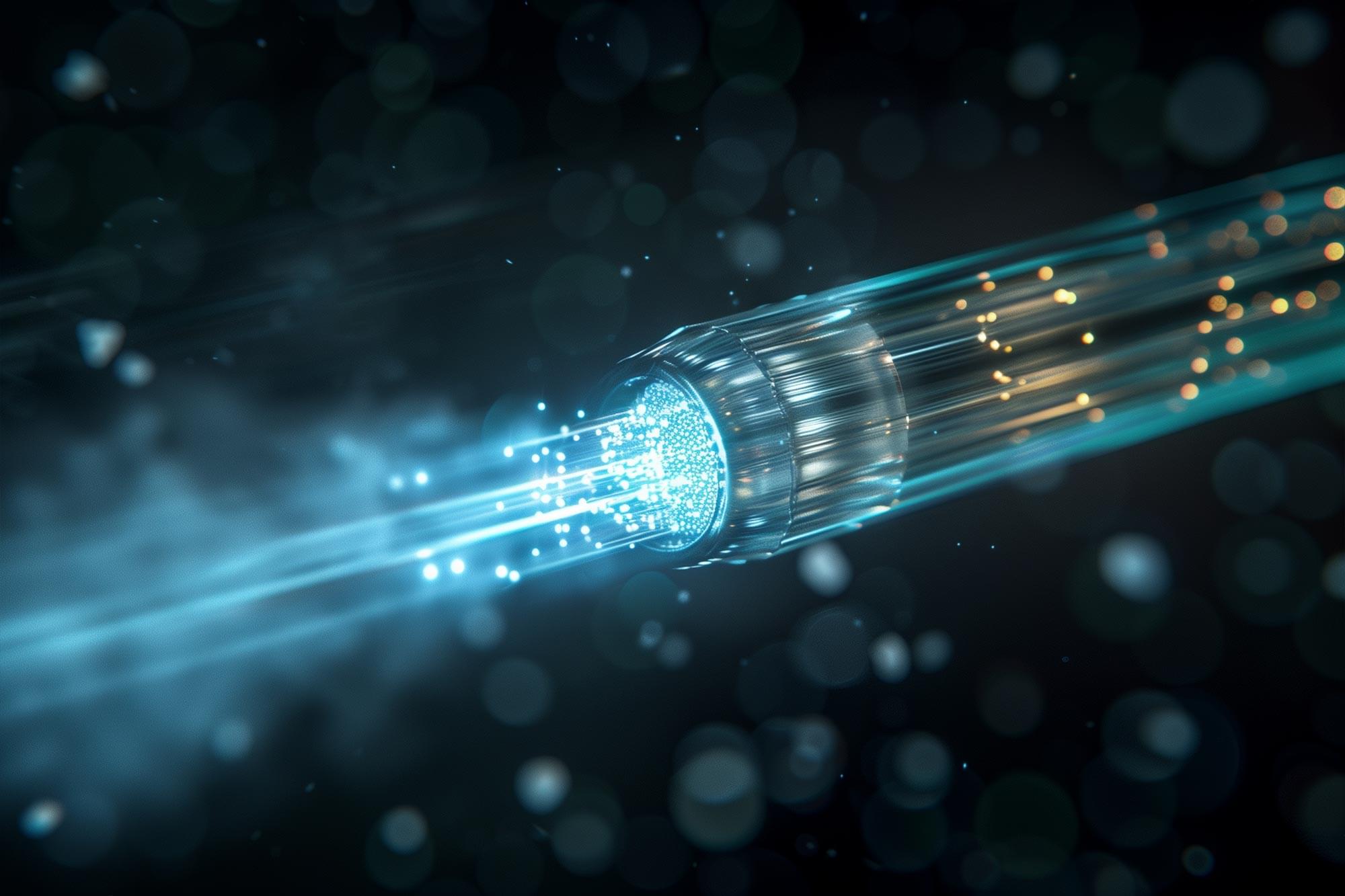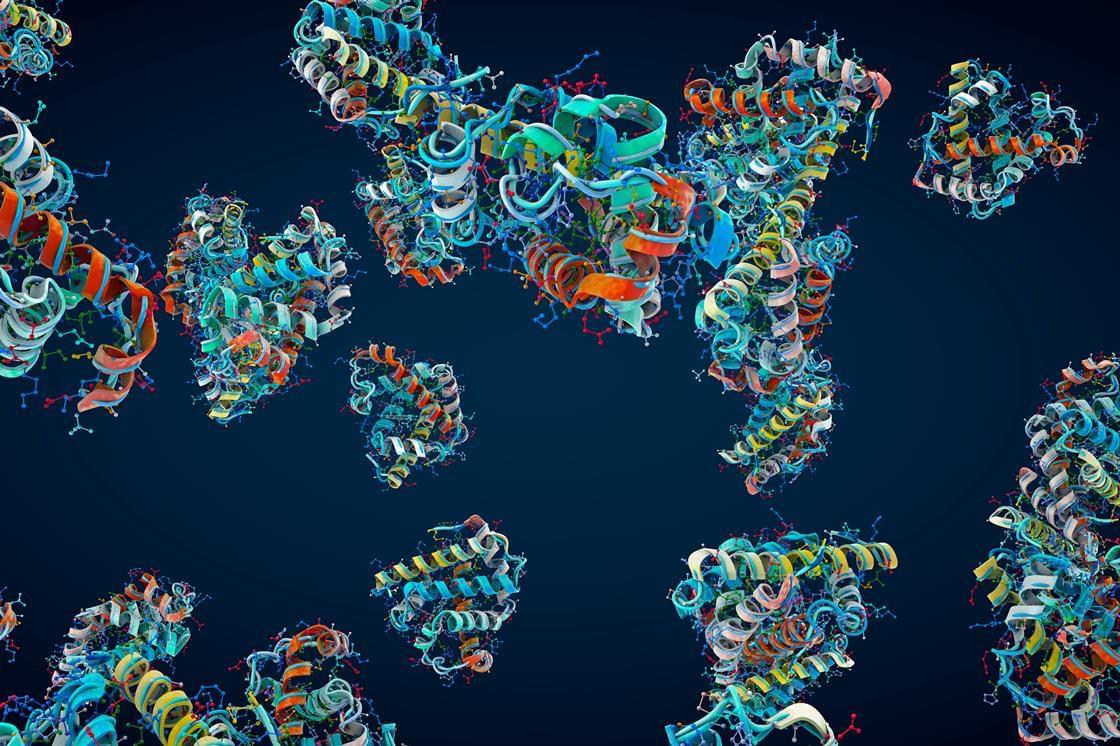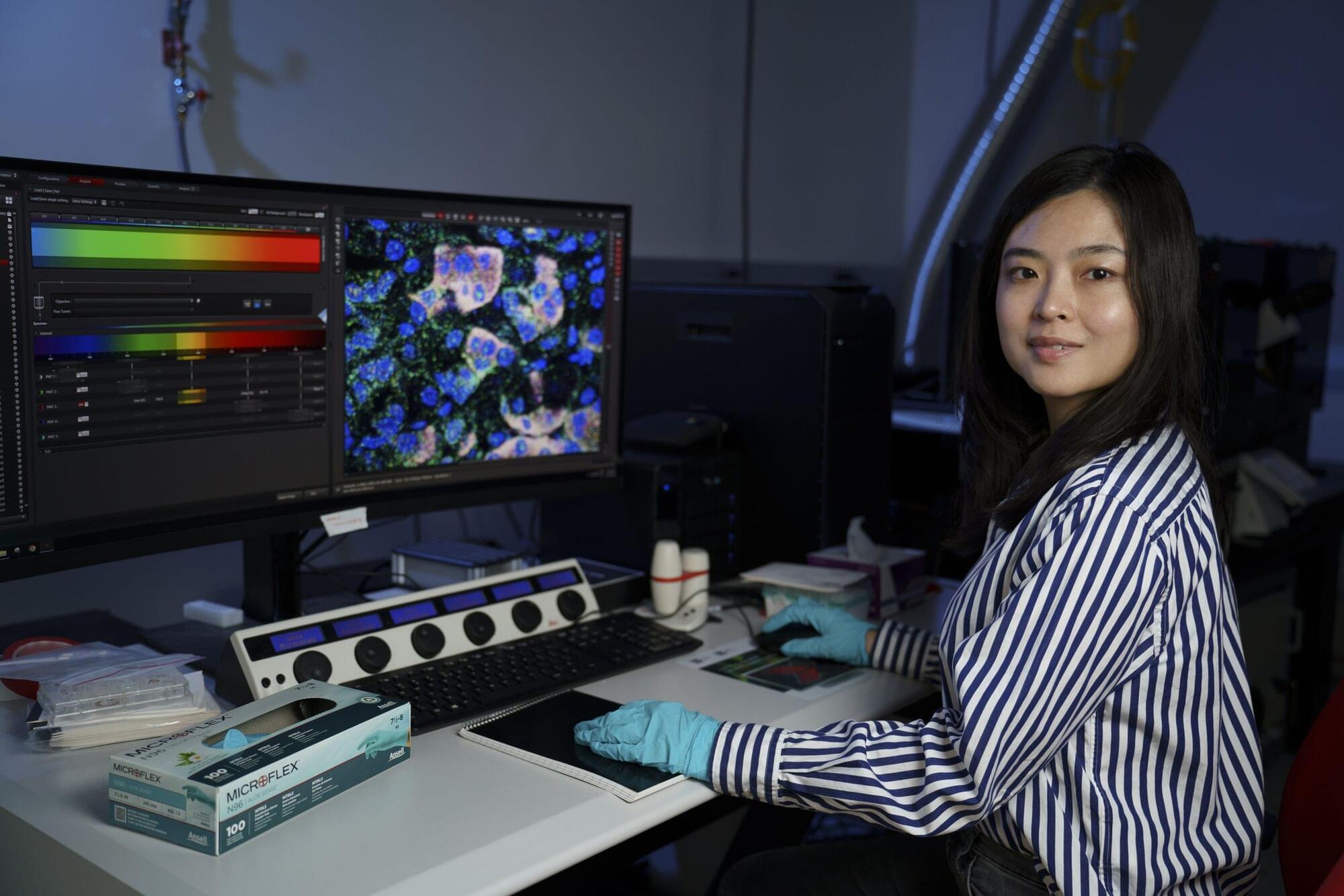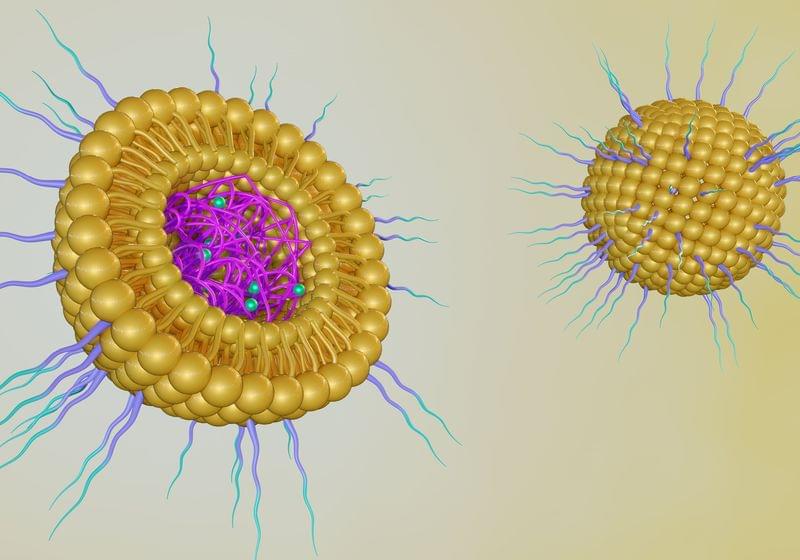Researchers in Sweden have reported control over a new kind of magnetism with the potential to boost electronic performance. Their work shows that this new class of magnetism, called altermagnetism, can increase memory device operation speeds by up to a thousand times.
Scientists say it stands apart from the two widely known forms of magnetic order and may open doors to faster, more efficient technologies.
Scientists from the University of Nottingham’s School of Physics and Astronomy have confirmed this third category in microscopic devices, and their findings have been published in Nature. Professor Peter Wadley from the same institution led the research.







